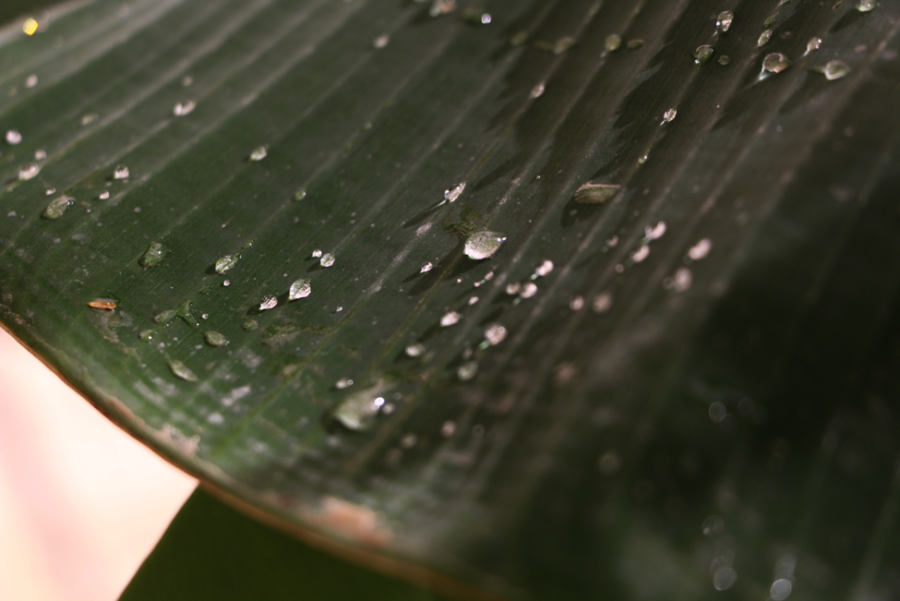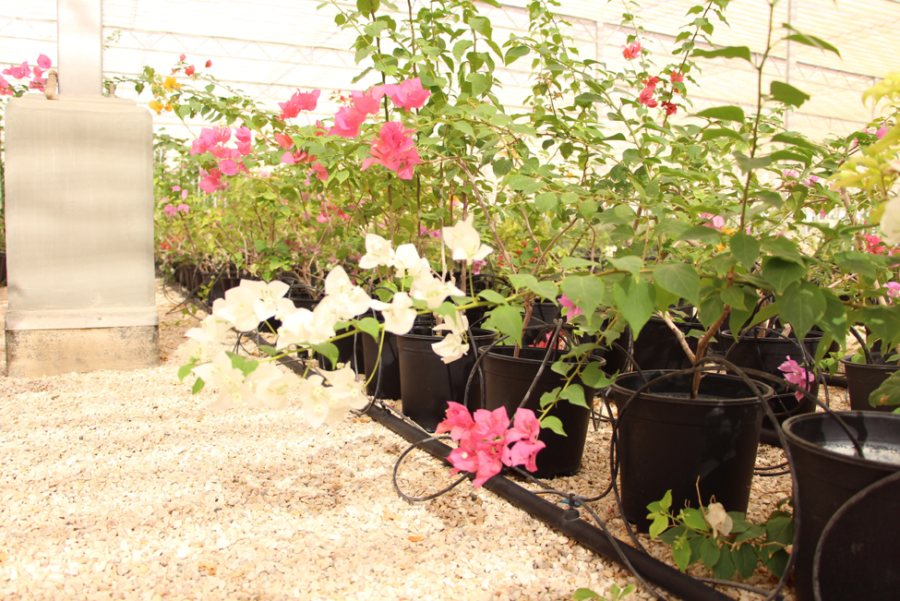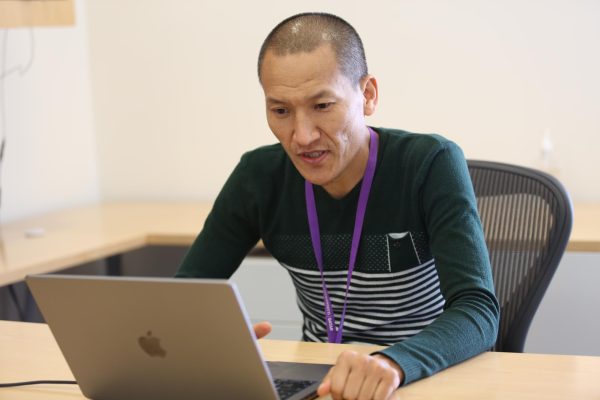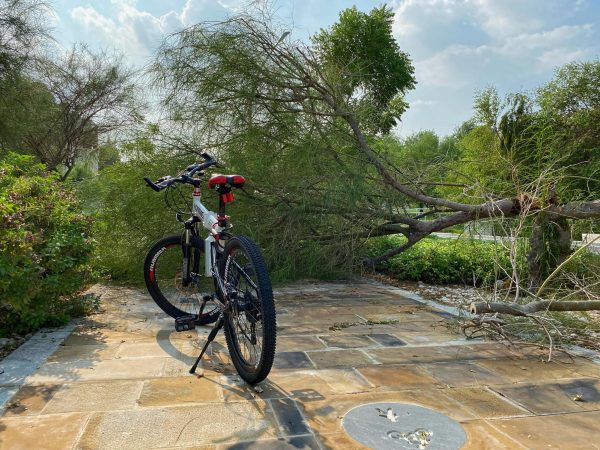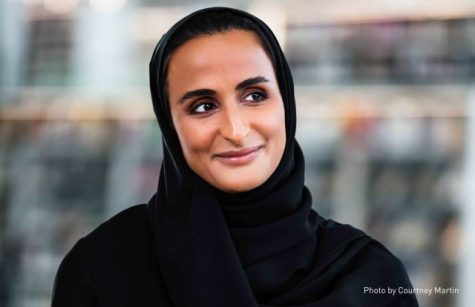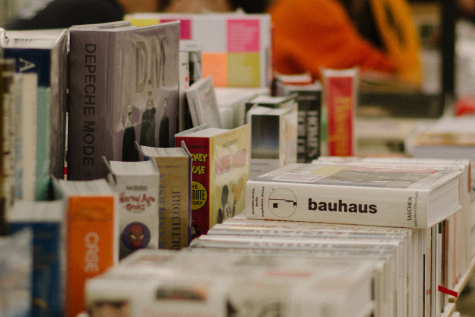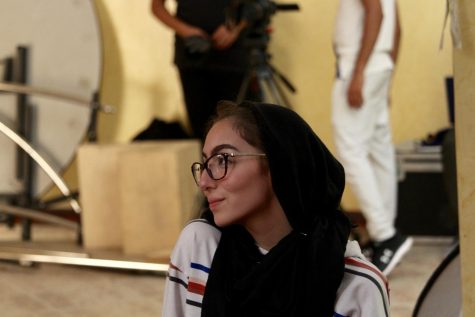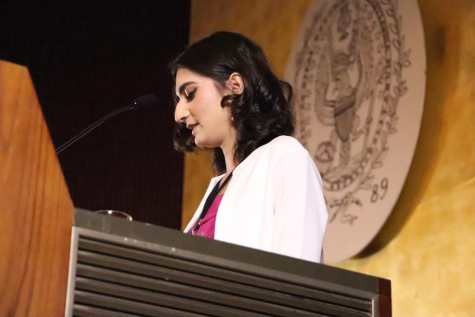Quranic Botanic Garden raises awareness about environmental conservation
The Quranic Botanic Garden, located outside the Education City clubhouse, aims to increase awareness about the plants mentioned in the Qur’an and environmental conservation. The garden, currently undergoing research, so far has 60 plants mentioned in the Holy Quran and the Prophet Muhammad’s (SAW) hadith, in addition to other species.
Sheikha Moza bint Nasser launched the plant nursery in 2008, which is now open to the public and visitors can schedule a tour on the website. Researchers aim to study specific Qur’anic plants and understand their scientific and religious importance. They place these plants away from their main habitats to understand how to preserve them, using ex situ conservation.
“We try to conserve them in and out their natural habitats to create more of them in order to sustain them,” according to Ahmed El-Gharib, assistant researcher at the Quranic Botanic Garden.
Fatima Saleh Al-Khulaifi, project manager at the garden, said seemingly commonplace plants have important religious meanings, such as the sesame. “Before the plant sprouts, its seeds are dark brown. Later, after it is dried and compressed, the seeds become light and white. [In Islam] they are seen as a metaphor for one’s good deeds,” said Khulaifi. She added this reflects the idea that while a person might have committed several sins in their life, if they continue to have faith in Allah and practice good deeds, they can attain heaven.
All the plants in the nursery, from black sesame plants to Sidra trees, have a role in human life and are used to remind people of their duty towards the environment, Khulaifi said.
Several verses in the Qur’an and hadith have also demonstrated the importance of environmental preservation, making it a religious duty. An example is a verse from Surat Al-Nahl from the Holy Quran, “It is He who sends down rain from the sky; from it is drink and from it is foliage in which you pasture [animals]” [16:10].
At the garden, plants are conserved and grown in greenhouses and incubators. The greenhouses have automatic controllable ceilings which open and close to limit sun exposure. Each setting is meticulously managed so plants can be looked after from the beginning of their growth. Extracts are then taken from them so they may be studied.
In order to encourage the local community to plant their own food, the Quranic Botanic Garden has created a food security program. It also encourages students to submit their planet research as part of their environmental research contest. Additionally, the garden also offers the Fun & Learn Program at Oxygen Park to encourage school children to recycle and to educate them about the importance of plants.
“When some kids are asked where the plants they eat come from, their answer tends to be Carrefour,” said Khulaifi, adding that the program hopes to change this.
The plants are also cultivated to spark discussions about food security and the environment and remind individuals that these issues should be collectively solved.
While there is a religious role in conserving plants, there is also a scientific role, which we are working on, to research the importance of plants in curing us from, for example, headaches and injuries,” said Al-Khulaifi.
The Quranic Botanic Garden is currently a plant nursery that later will be moved to Oxygen Park. However, there is no specific schedule in place for the final completion and opening of the garden, according to Muna Al-Sulaiti, project manager at Qatar Foundation’s Capital Projects.



